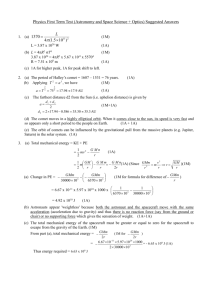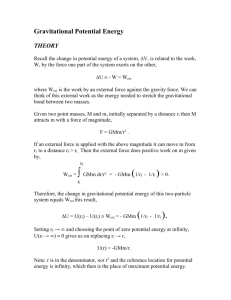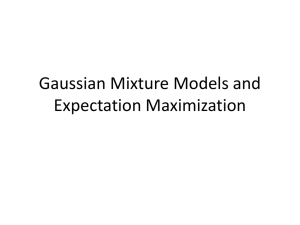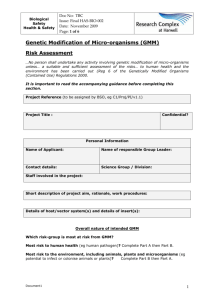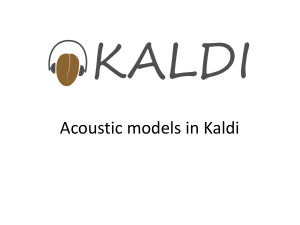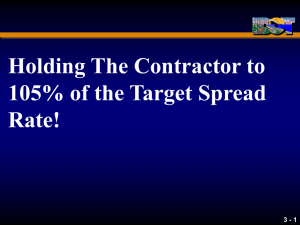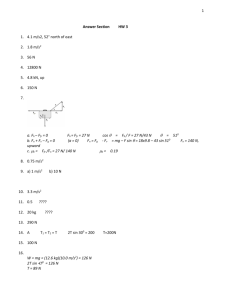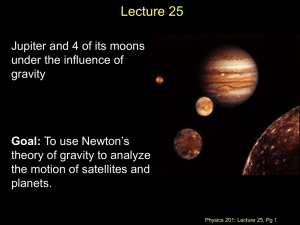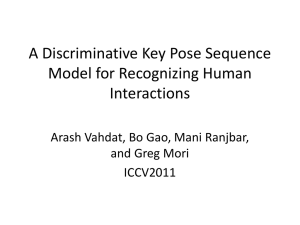and two-level GMM - Departament de Matematica Aplicada i Analisi
advertisement
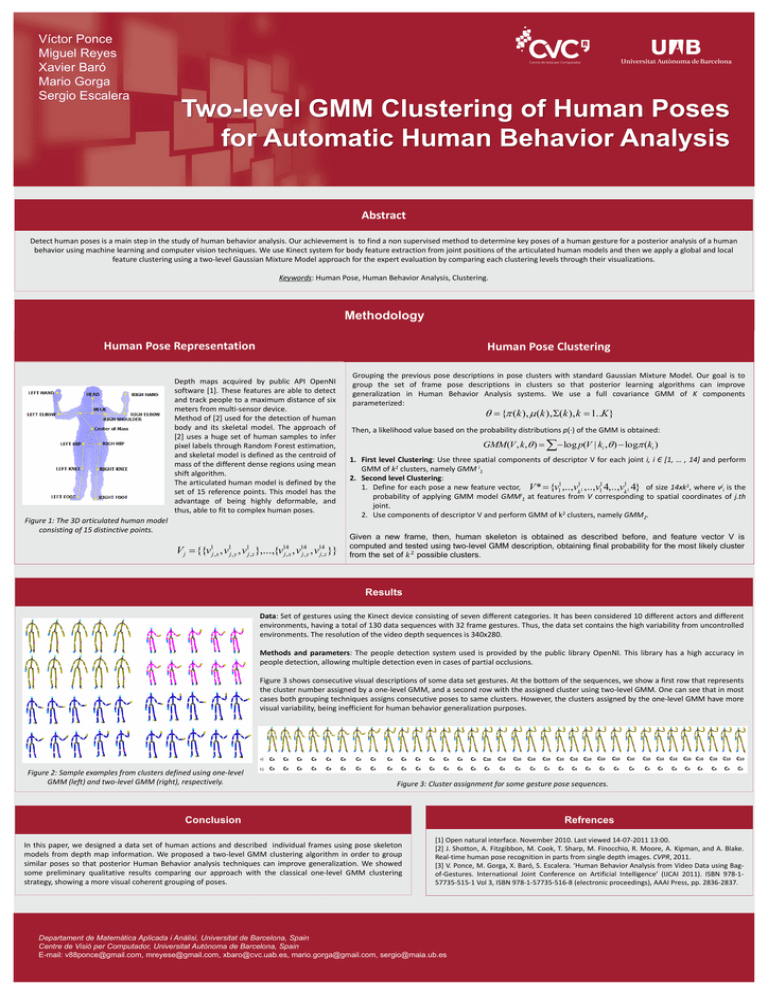
Víctor Ponce
Miguel Reyes
Xavier Baró
Mario Gorga
Sergio Escalera
Two-level GMM Clustering of Human Poses
for Automatic Human Behavior Analysis
Abstract
Detect human poses is a main step in the study of human behavior analysis. Our achievement is to find a non supervised method to determine key poses of a human gesture for a posterior analysis of a human
behavior using machine learning and computer vision techniques. We use Kinect system for body feature extraction from joint positions of the articulated human models and then we apply a global and local
feature clustering using a two-level Gaussian Mixture Model approach for the expert evaluation by comparing each clustering levels through their visualizations.
Keywords: Human Pose, Human Behavior Analysis, Clustering.
Methodology
Human Pose Representation
Human Pose Clustering
Depth maps acquired by public API OpenNI
software [1]. These features are able to detect
and track people to a maximum distance of six
meters from multi-sensor device.
Method of [2] used for the detection of human
body and its skeletal model. The approach of
[2] uses a huge set of human samples to infer
pixel labels through Random Forest estimation,
and skeletal model is defined as the centroid of
mass of the different dense regions using mean
shift algorithm.
The articulated human model is defined by the
set of 15 reference points. This model has the
advantage of being highly deformable, and
thus, able to fit to complex human poses.
Figure 1: The 3D articulated human model
consisting of 15 distinctive points.
Grouping the previous pose descriptions in pose clusters with standard Gaussian Mixture Model. Our goal is to
group the set of frame pose descriptions in clusters so that posterior learning algorithms can improve
generalization in Human Behavior Analysis systems. We use a full covariance GMM of K components
parameterized:
{ (k ), (k ), (k ), k 1..K}
Then, a likelihood value based on the probability distributions p(·) of the GMM is obtained:
GMM(V , k, ) log p(V | ki , ) log (ki )
1. First level Clustering: Use three spatial components of descriptor V for each joint i, i Є [1, … , 14] and perform
GMM of k1 clusters, namely GMM i1
2. Second level Clustering:
1
1
1
1
1. Define for each pose a new feature vector, V * {v1 ,..,v 1 ,..,v1 4,..,v 1 4} of size 14xk1, where vji is the
k
k
i
probability of applying GMM model GMM 1 at features from V corresponding to spatial coordinates of j.th
joint.
2. Use components of descriptor V and perform GMM of k2 clusters, namely GMM2.
V j {{v , v , v },...,{v , v , v }}
1
j,x
1
j, y
1
j,z
14
j,x
14
j, y
14
j,z
Results
Data: Set of gestures using the Kinect device consisting of seven different categories. It has been considered 10 different actors and different
environments, having a total of 130 data sequences with 32 frame gestures. Thus, the data set contains the high variability from uncontrolled
environments. The resolution of the video depth sequences is 340x280.
Methods and parameters: The people detection system used is provided by the public library OpenNI. This library has a high accuracy in
people detection, allowing multiple detection even in cases of partial occlusions.
Figure 3 shows consecutive visual descriptions of some data set gestures. At the bottom of the sequences, we show a first row that represents
the cluster number assigned by a one-level GMM, and a second row with the assigned cluster using two-level GMM. One can see that in most
cases both grouping techniques assigns consecutive poses to same clusters. However, the clusters assigned by the one-level GMM have more
visual variability, being inefficient for human behavior generalization purposes.
Figure 2: Sample examples from clusters defined using one-level
GMM (left) and two-level GMM (right), respectively.
Figure 3: Cluster assignment for some gesture pose sequences.
Conclusion
Refrences
In this paper, we designed a data set of human actions and described individual frames using pose skeleton
models from depth map information. We proposed a two-level GMM clustering algorithm in order to group
similar poses so that posterior Human Behavior analysis techniques can improve generalization. We showed
some preliminary qualitative results comparing our approach with the classical one-level GMM clustering
strategy, showing a more visual coherent grouping of poses.
[1] Open natural interface. November 2010. Last viewed 14-07-2011 13:00.
[2] J. Shotton, A. Fitzgibbon, M. Cook, T. Sharp, M. Finocchio, R. Moore, A. Kipman, and A. Blake.
Real-time human pose recognition in parts from single depth images. CVPR, 2011.
[3] V. Ponce, M. Gorga, X. Baró, S. Escalera. ‘Human Behavior Analysis from Video Data using Bagof-Gestures. International Joint Conference on Artificial Intelligence’ (IJCAI 2011). ISBN 978-157735-515-1 Vol 3, ISBN 978-1-57735-516-8 (electronic proceedings), AAAI Press, pp. 2836-2837.
Departament de Matemàtica Aplicada i Anàlisi, Universitat de Barcelona, Spain
Centre de Visió per Computador, Universitat Autònoma de Barcelona, Spain
E-mail: v88ponce@gmail.com, mreyese@gmail.com, xbaro@cvc.uab.es, mario.gorga@gmail.com, sergio@maia.ub.es
